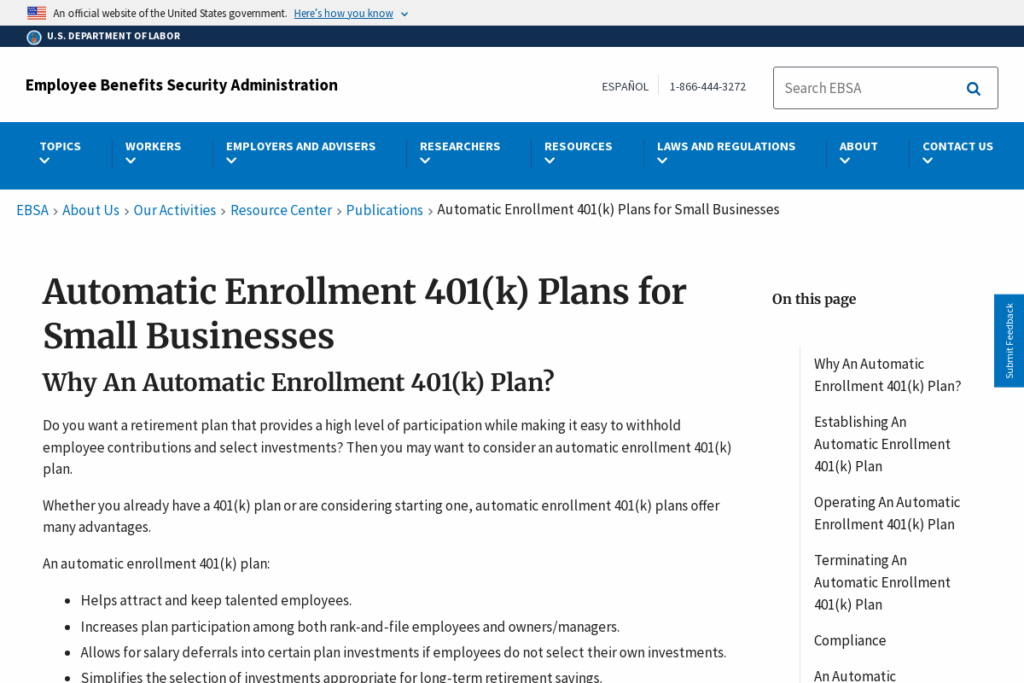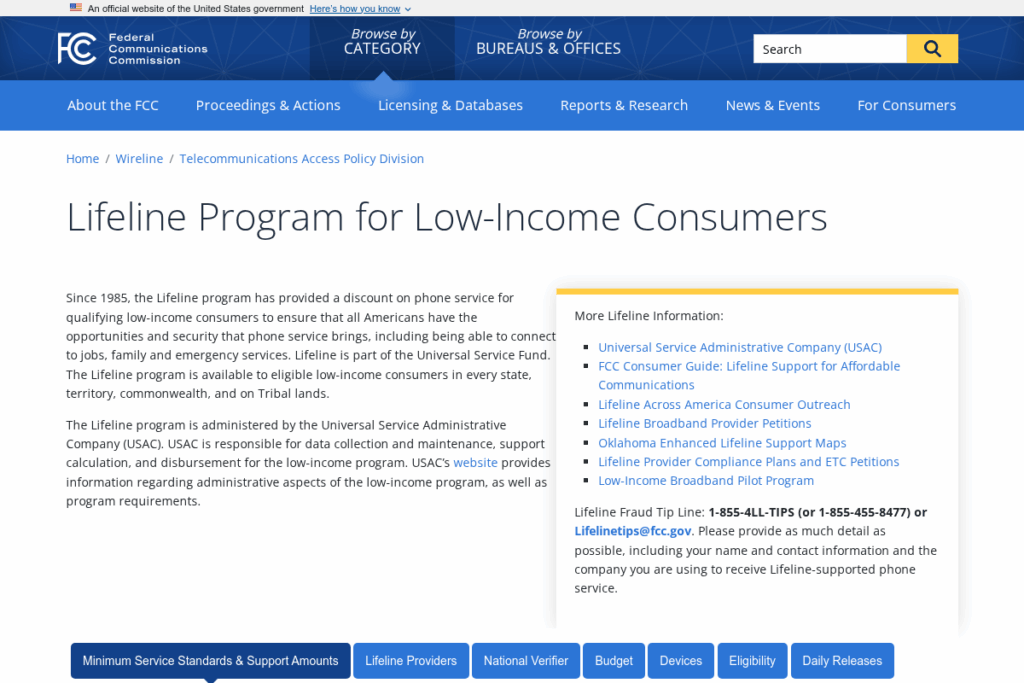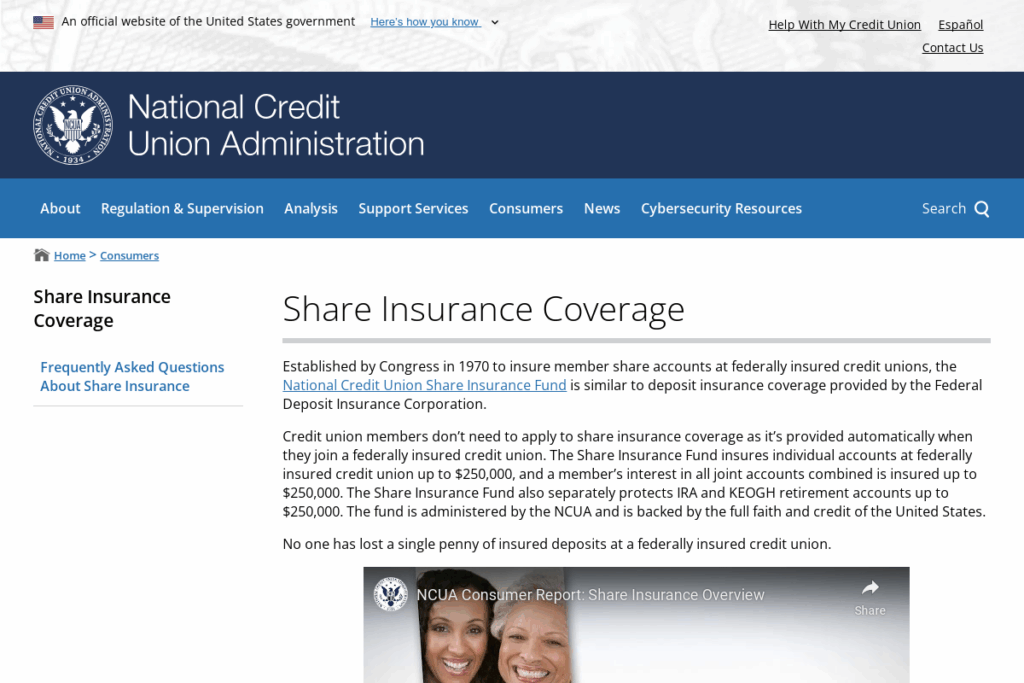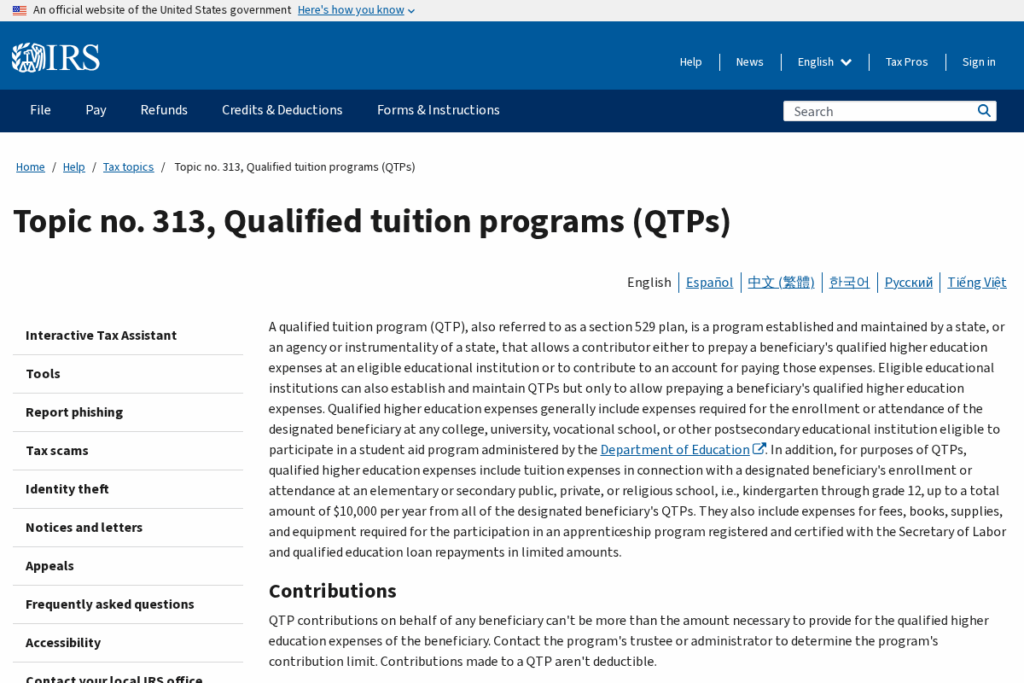
1) Build a written, realistic budget
A simple budget tells your money where to go before it disappears. List monthly income, then fixed bills, essentials, and flexible spending. Give every dollar a job, including a line for savings—even if it starts small. Keep it practical: use last month’s statements instead of wishful guesses, and track actuals weekly so adjustments are easy. If you’re new to budgeting, start with a one‑page plan and a free worksheet like the one in Making a Budget. Expect to revise for two to three months while you learn real patterns (pay frequency, seasonal spikes, annual renewals). Your goal isn’t perfection; it’s visibility and control so you can make tradeoffs deliberately, not at the register.
2) Stop paying bank and overdraft fees
Fees stealthily drain savings. Ask your bank for the full fee schedule, then switch accounts or institutions if needed. Opt out of debit card overdraft programs so transactions decline instead of incurring $30‑ish charges; that’s your legal right under federal rules described in Regulation E overdraft opt‑in. Link checking to savings for cheaper back‑up transfers, and set low‑balance alerts. Review statements monthly and negotiate one‑off fee reversals if you’re a long‑time customer. The FDIC’s overview on overdraft and account fees explains common charges and alternatives. Over a year, eliminating even two fees per month can rival a streaming bundle’s cost—without cutting anything you value.
3) Automate savings before you see the money
“Pay yourself first” works because it reduces friction. Set an automatic transfer on payday from checking to a separate savings account so you never decide in the moment. Use two buckets: one for emergencies, one for near‑term goals. If overdrafts have been an issue, start with a tiny amount and step it up monthly. Many banks let you split direct deposits or schedule recurring internal transfers; pair that with low‑balance alerts and overdraft opt‑out guidance in CFPB tips to avoid overdraft fees. Keep your savings account at a different institution (or with no debit card) to add a speed bump against impulse raids.
4) Build an emergency fund that actually fits your life
You’ll save more if the target feels doable. Start with the next “likely” crisis—say, a $500 repair or one rent payment—before aiming for three months of expenses. Automate small, steady transfers and nickname the account “Emergency Only” to avoid borrowing from yourself. Store cash in an insured savings account, not investments you’ll have to sell in a downturn. If you’re building your first budget, the straightforward worksheet in Making a Budget can help you find a starter amount to set aside. Refill the fund after you use it; the point isn’t to never touch it—it’s to prevent high‑interest debt when (not if) life happens.
5) Tackle high‑interest debt deliberately
Choose a payoff method you’ll stick with. Avalanche (highest APR first) is mathematically best; snowball (smallest balance first) can be more motivating. Either way, pay minimums on all debts and concentrate extra on one account until it’s gone. Avoid deferred‑interest traps often found on store cards—miss the payoff window and you owe retroactive interest, as the CFPB warns in its retail credit card analysis. If you’re using a 0% promo, set automatic payments to clear the full promo balance one cycle early. Then close or downshift limits on cards you don’t need to reduce temptation.
6) Check your credit reports—free and often
Errors and fraud cost real money through higher rates and denied applications. Pull each of your three reports regularly from the official site, AnnualCreditReport.com. Scan for wrong addresses, duplicate loans, or collections you don’t recognize, and dispute promptly. The FTC reiterates that this is the only authorized source for your free reports under federal law; see its reminder about the official free report site. Consider calendar reminders to rotate through the bureaus so you see fresh data every few months without paying for monitoring.
7) Freeze your credit to block new‑account fraud
Fraudsters can’t open accounts if lenders can’t pull your file. A credit freeze is free, doesn’t affect your score, and stays in place until you lift it. You’ll need to set it up separately with Equifax, Experian, and TransUnion. The FTC’s guidance on how and why to freeze your credit explains the process, plus when a temporary thaw makes sense (e.g., mortgage shopping). If you’re not ready to freeze, place a fraud alert—it’s weaker protection but notifies lenders to verify identity. Either step can save hours of cleanup and the costs of unauthorized accounts.
8) Capture your employer’s 401(k) match—every dollar

A company match is an instant, risk‑free return. Contribute at least enough to get the full match before making extra payments elsewhere. If you were auto‑enrolled at a low rate, bump it up during open enrollment. The Department of Labor explains how automatic enrollment raises participation and how matches work in automatic enrollment 401(k) plans. If your employer offers a Roth option, weigh current taxes versus likely future rates; you can split contributions across pre‑tax and Roth to hedge. Don’t leave free compensation on the table.
9) Use a Health Savings Account (HSA) if you’re eligible
With a qualifying high‑deductible health plan, an HSA gives you triple tax benefits: deductible contributions, tax‑free growth, and tax‑free withdrawals for qualified medical expenses—now or years later. You can invest balances for long‑term healthcare costs. The IRS publication on HSAs and other tax‑favored plans covers eligibility, annual limits, and qualified expenses. Treat receipts like gold; keep them organized for future reimbursements. If cash flow allows, pay small expenses out of pocket and let the HSA grow for bigger future bills (or Medicare premiums in retirement).
10) Fund Flexible Spending Accounts wisely
Health FSAs and limited‑purpose FSAs reduce taxes on predictable costs like prescriptions, copays, or dental work. Estimate conservatively—FSAs are “use it or lose it,” though some plans allow a small carryover or short grace period. Publication 969 also explains FSA rules and eligible expenses. Schedule routine care (glasses, contacts, refills) across the plan year to avoid scrambling in December. For orthodontia or planned procedures, coordinate timing with your FSA election so pretax dollars cover more of the bill.
11) Claim the Saver’s Credit if your income qualifies
Low‑ and moderate‑income filers can get a federal tax credit for retirement contributions to an IRA, 401(k), 403(b), or similar plan. Depending on your AGI and filing status, the credit can be 50%, 20%, or 10% of contributions, up to set limits. The IRS outlines eligibility and examples in its page on the Retirement Savings Contributions Credit. If you’re close to an income threshold, consider pre‑tax deferrals that reduce AGI and potentially boost your credit rate. It’s one of the few ways to get an immediate, guaranteed return for saving.

12) Shop insurance annually and right‑size deductibles
Rates change; loyalty often isn’t rewarded. Get fresh quotes at renewal and ask your current insurer to match. Increasing deductibles on collision and comprehensive can cut premiums—just ensure your emergency fund can handle them. If you drive an older car you could afford to replace, consider dropping collision/comprehensive altogether. The NAIC’s consumer guide, Tips for Saving on Auto Insurance, lists common discounts and policy checks (miles driven, student, multi‑policy). Document your actual commute and telematics eligibility—pay‑per‑mile plans can be a win if you drive little.
13) Maintain your car: tires, tune‑ups, and alerts
Basic maintenance pays for itself. Proper tire pressure alone can improve fuel economy and extend tire life. Address check‑engine lights promptly; some issues quietly burn extra fuel. The EPA/DOE’s “Keeping Your Vehicle in Shape” quantifies savings from correct oil grades, tire inflation, and fixing problems early. Set calendar reminders for tire rotations and filter changes, and keep a simple log. Combine errands to warm up the engine once instead of multiple short trips—the cheapest miles are the ones you don’t drive.
14) Drive efficiently to cut fuel costs
Gentle acceleration, steady highway speeds, and fewer idling minutes save real money. Remove roof boxes when not in use; they can slash highway mpg. Lighten the trunk and use cruise control when safe. The government’s guide to driving more efficiently shows the impact in dollars and percentages. If you’re stuck in a long line, shutting off the engine usually saves fuel after about a minute. Track mpg monthly; sudden drops often flag maintenance issues before they become expensive repairs.
15) Audit and cancel subscription “traps”
List every recurring charge, then cancel ruthlessly. Turn off auto‑renew by default and calendar renewal dates you keep. Be wary of “free trials” that convert to paid plans and negative‑option offers that assume consent unless you cancel. The FTC’s consumer advice on free trials and negative‑option subscriptions explains required disclosures and how to dispute unauthorized charges. Where possible, prepay only a month at a time unless the annual discount is substantial and you’re certain you’ll use it.
16) Check eligibility for the Lifeline phone/internet discount

If your household qualifies by income or program participation, the FCC’s Lifeline program can lower monthly phone or internet costs. Eligibility and support amounts are standardized, and you apply through participating providers. Review details and find providers on the FCC’s Lifeline program page. Combine Lifeline with an inexpensive prepaid plan or low‑cost home internet to keep communications affordable without sacrificing reliability.
17) Use new broadband “nutrition labels” to compare ISPs
Internet providers must now post standardized labels showing total monthly price, intro rates, speed, data caps, fees, and contract terms so you can comparison‑shop without fine‑print surprises. Start at the FCC’s Broadband Consumer Labels page to see what to look for and how to complain if a provider hides or misstates information. Use the labels to negotiate with your existing provider—or to switch. Ask for end‑of‑promo pricing in writing before agreeing to any “deal.”

18) Treat your public library card like a savings card
Libraries bundle free ebooks, audiobooks, streaming films, classes, museum passes, “library of things” items (tools, instruments), study space, and job resources. The American Library Association’s Library Card Sign‑up Month highlights the range: it’s common to find language‑learning platforms, digital magazines/newspapers, and test prep included. Check your library’s “Digital Resources” page and ask about nonresident cards if you’re near city/county lines; the annual fee can be far cheaper than à‑la‑carte subscriptions.
19) Lower energy bills with smart controls and power strips
Heating and cooling dominate home energy use. An ENERGY STAR certified smart thermostat can trim HVAC costs and make setbacks automatic; smart or advanced power strips cut “always‑on” electronics waste. See savings estimates and setup tips in ENERGY STAR low‑ and no‑cost tips. Program away/sleep schedules, seal obvious duct leaks you can access, and group entertainment gear on a single switch. Small reductions compound across every day of the year.
20) Seal air leaks and weatherstrip before upgrading equipment
Air sealing is cheap, DIY‑friendly, and often pays back within a year. Caulk stationary gaps (trim, penetrations); weatherstrip moving parts (doors, operable windows). The Department of Energy’s Air Sealing Your Home explains where leaks hide and how to prioritize fixes. If you’re planning bigger projects, a blower‑door test or energy audit will reveal the best sequence so you don’t oversize new equipment—or waste efficiency upgrades by letting conditioned air escape.
21) Cut water use with WaterSense products and habits
Water and energy savings go together. Swap in WaterSense‑labeled showerheads and faucet aerators, fix silent leaks, and run only full loads. The EPA’s WaterSense program shows simple steps in Start Saving. In many areas you can also find rebates for high‑efficiency toilets or irrigation controllers via the WaterSense rebate directories. Fewer gallons heated is money saved twice—on water and on the gas or electricity to heat it.
22) Shop smarter for groceries—by the unit and the season
Base choices on unit price, not package price, and mix fresh, frozen, and canned to cut waste. Buy in‑season produce, stock up on staples when discounted, and plan meals around weekly sales. The USDA’s MyPlate has a concise guide, Shop Smart, including how to read unit prices and build low‑cost, nutritious meals. Keep a running list, avoid hungry shopping, and use a “use‑me‑first” box in the fridge to prevent forgotten items from turning into trash.
23) Reduce food waste with a simple plan
Wasted food is wasted money. Plan the week, cook once/eat twice, and portion leftovers into ready‑to‑heat meals. Label and freeze extras, and learn safe storage times so you don’t toss food prematurely. The USDA Climate Hubs’ overview on reducing food waste highlights planning, portioning, and composting options. A 10–20% reduction in waste is realistic for most households and immediately shows up in a lower grocery bill.
24) Buy used cars carefully (and skip costly add‑ons)
Before you fall for a “deal,” get facts. Check a vehicle history report, confirm open recalls, and have a trusted mechanic inspect the car—even if it’s “certified.” The FTC’s used‑car buyer guidance explains the required Buyers Guide, warranties vs. “as is,” and common add‑ons you can refuse. Ask for the total out‑the‑door price in writing before visiting. Walking away from junk fees is often your fastest way to save hundreds.
25) Use national parks’ fee‑free days and smart passes
Entrance fees add up, but you don’t always have to pay them. The Department of the Interior posts annual fee‑free days when entrance is waived. If you’ll visit multiple sites, compare the annual “America the Beautiful” pass and discounted passes for seniors, military, fourth‑graders, and more. Carpool where parks charge per vehicle. Fee‑free doesn’t waive camping or tours—reserve early to avoid premium last‑minute options.
26) Claim energy tax credits (and start with an audit)
The federal Energy Efficient Home Improvement Credit (Section 25C) can reimburse 30% of eligible upgrades up to annual limits, including a credit for a qualified home energy audit. See the DOE’s summary of how audits qualify under 25C. An audit sequences improvements so you don’t waste money on the wrong order (e.g., sealing before replacing HVAC). Keep invoices and manufacturer certificates with your tax records; you’ll need them at filing time.
27) Stack rebates and incentives on efficient equipment
Utilities and local programs often layer rebates on top of federal credits for heat pumps, water heaters, smart thermostats, and more. Start with product lists and incentive finders; ENERGY STAR’s pages link to eligible categories and local offers in its Home Upgrade resources. Time purchases to capture both a utility rebate and federal credits in the same tax year, and keep serial numbers/receipts handy for applications. Rebates change; check before you buy.
28) Bank where your deposits are clearly insured

FDIC‑ and NCUA‑insured institutions protect your deposits up to legal limits by ownership category; confirm coverage if you hold large balances or complex accounts. Credit union members can estimate coverage via the NCUA’s Share Insurance Estimator, and learn category limits on Share Insurance Coverage. For banks, use FDIC tools and understand the 2024 trust‑account rule simplification and per‑beneficiary caps with the FDIC’s trust coverage changes. Don’t assume a fintech app is insured—verify the underlying bank relationship.
29) Use 529 plans for education—and know new rollover options

529s grow tax‑deferred and withdrawals are tax‑free for qualified education expenses, including some K‑12 tuition and limited student loan payments. The IRS explains qualified expenses and annual rules in Topic Qualified Tuition Programs (529) and Publication 970, Chapter 10. Recent law allows limited, conditions‑based rollovers from long‑held 529s to Roth IRAs for the beneficiary—useful if you overfund. Check your state plan for fees and potential state tax deductions or credits.
30) Ask for FDA‑approved generics and compare pharmacies
Generics have the same active ingredients and meet the same standards as brand‑name drugs, typically at a fraction of the price. The FDA’s Generic Drugs Q&A explains bioequivalence and why they cost less. Ask your prescriber to write “generic OK,” verify dosage forms, and price‑check across pharmacies—club or mail‑order options can be significantly cheaper. For long‑term meds, sync refills to reduce trips and missed doses.
31) Use your No Surprises Act rights on medical bills
For most emergency care and certain services at in‑network facilities, you’re protected from out‑of‑network balance billing and capped cost‑sharing. If you’re uninsured or self‑pay, you’re entitled to a Good Faith Estimate and can dispute bills substantially above it. Learn the protections and complaint routes in CMS’s No Surprises fact sheet. When scheduling, ask whether any providers are out‑of‑network and whether you’ll be asked to waive protections.
32) Program thermostat setbacks you’ll actually keep
Set schedules so you don’t heat or cool an empty house. Target comfortable temperatures when home and larger setbacks when away or asleep. Smart thermostats simplify this and provide usage reports; ENERGY STAR’s HVAC tips outline typical savings and best practices. Don’t chase temperatures with frequent manual changes—steady, planned adjustments save more and keep systems running efficiently.
33) Search for unclaimed money—free
States hold billions in forgotten deposits, refunds, and paychecks. It’s free to search and claim. Start with the National Association of Unclaimed Property Administrators’ portal to search for your unclaimed property (and its link to the multi‑state MissingMoney database). Check every state you’ve lived or worked in and repeat annually, especially after moves or account closures. Avoid sites that charge a fee; you don’t need to pay a third party to claim your own funds.
34) Avoid change‑of‑address scams when you move
Scam sites mimic the Postal Service and charge $40+ for a service that’s free in person (or low‑cost online for identity verification). Go directly to USPS.com or your local Post Office. The U.S. Postal Inspection Service explains how to avoid change‑of‑address scams and where to report them. While you’re at it, set up free Informed Delivery to monitor incoming mail and catch missing items early.
35) File taxes for free (or close to it)
Why pay to file a simple return? The IRS has made its free options easier. Many taxpayers can now use the IRS’s own e‑filing software, with expanded access for the 2025 season; see the announcement that Direct File is permanent. If you don’t qualify, check IRS Free File via participating companies—eligibility is broad, and state filing may be included. Confirm pricing before you start; decline add‑ons you don’t need, and keep last year’s AGI handy to e‑sign quickly.
Start with two or three actions that fit your situation and automate wherever possible. The savings you capture this month become next month’s momentum—and your long‑term buffer against surprises.



